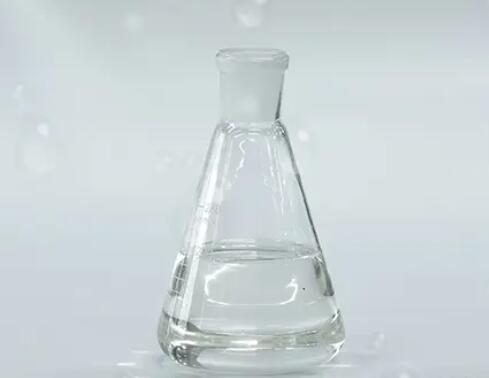What is the plasticizing principle of plasticizer?
Plasticizers are often used as auxiliary plasticizers for heat-resistant, weather-resistant and durable PVC products, such as roof waterproofing rolls, wire and cable materials, etc. They can also be used as lubricants or lubricating additives for paints, coatings and precision instruments for furniture and interior decoration, nitro lacquer additives, paper softeners, polyester amide biaxially stretched films, film plastic crafts, etc., and have very wide applications in many aspects. So, what are the plasticizing principles and functions of plasticizers?
The plasticizing principles of plasticizers include internal plasticizing principles and external plasticizing principles.
1. Internal plasticizing principle
When the plasticizer is melted with the resin, the small molecules of the plasticizer will be inserted between the polymer molecular chains, weakening the attraction between the polymer molecular chains and increasing the distance between them. As a result, the possibility of polymer molecular chain movement is increased, the entanglement between polymer molecular chains is reduced, and the resin can undergo glass transition at a lower temperature, thereby increasing the plasticity of the plastic. It can be seen that the attraction and entanglement between polymer molecular chains are a major reason for resisting plasticization.

2. Principle of external plasticization
The molecular structure of polymers also affects the attraction between polymer molecular chains, especially the properties of each group on the polymer molecular chain. The interaction between molecular chains with strong polar groups is large, and the interaction between molecular chains with non-polar groups is small. In order to make polymers with strong polar groups easy to shape, plasticizers can be added. The polar groups of plasticizers will interact with the polar groups of polymers, thereby weakening the attraction between polymers, thus achieving the purpose of plasticization.
The key to the plasticizer’s plasticizing effect is to weaken the interaction between polymers. In addition, because plasticizers are generally small molecules, they are easy to move between polymer chains and also play a lubricating role relative to the movement of polymer chains.
There are four functions of plasticizers:
1. Concrete application: Generally, the higher the water content of concrete, the better its fluidity and processability. However, when there is enough water in concrete, the strength of concrete after solidification is inversely proportional to the water content. Therefore, if concrete is to have high strength, the amount of water in concrete cannot be too much, and the processability will deteriorate at this time.
2. Application of gypsum drywall: The plasticizer used in gypsum drywall is also called dispersant, which can increase the processability of gypsum before solidification. In order to reduce the energy required to dry the drywall, less water will be added during production, and the processability will be worse at this time. Adding plasticizer can improve its processability. However, if excessive plasticizer is added, a slow setting effect will occur, which will also make the strength of gypsum drywall worse.
3. Application of energetic materials: Energetic materials and pyrotechnic agents generally use plasticizers. On the one hand, they can improve the physical properties of the propellant itself or its adhesive, and on the other hand, they can also be used as auxiliary fuel to increase the propulsion force (i.e. specific impulse) provided by unit mass fuel.
4. Food packaging: Polylactic acid (PLA) has special advantages as a food packaging material. It can replace traditional packaging materials, and its environmental protection makes it occupy an important position in the future development of packaging materials. PLA material has a smooth surface and high transparency, so it can compete with polystyrene and polyethylene terephthalate (PET) in the field of food packaging applications.
-
What Is a Plasticizer?
-
What are the functions of plasticizers in glue?
-
Choose the right plasticizer to make plastic tougher!
-
Comprehensive introduction to plasticizer classification and related knowledge
-
Usage of Epoxy Fatty Acid Methyl Ester
-
TBC Tributyl Citrate Plasticizer Market Size and Scope